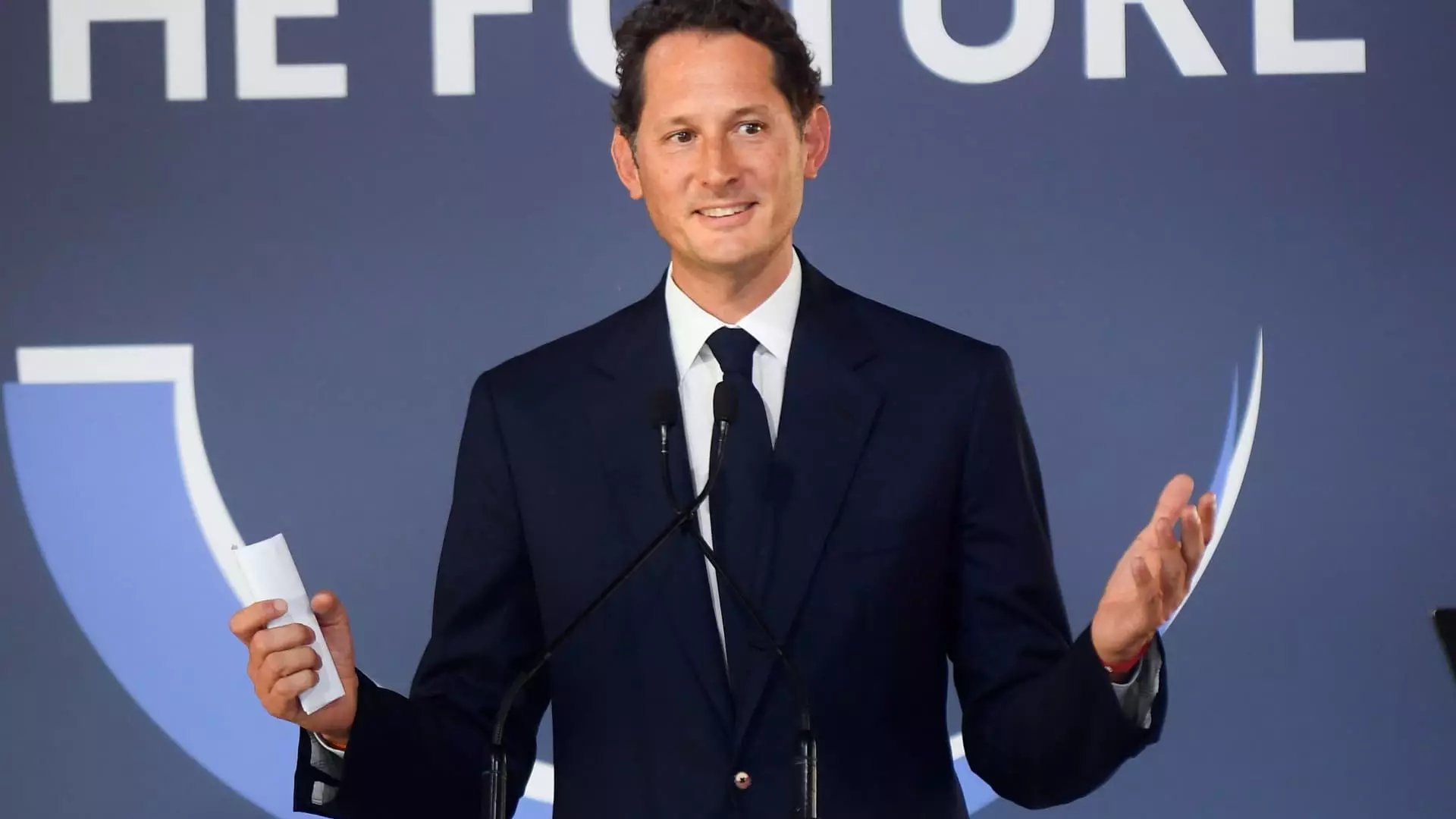In a pivotal move that underscores Stellantis’ commitment to its U.S. operations, Chairman John Elkann presented ambitious investment plans during discussions in Washington, D.C. The conversation took place as the transition of presidential power unfolded, highlighting not only the automaker’s aspirations but also its responsiveness to the evolving political landscape. This article delves into the core of Stellantis’ upcoming investments, their implications for the American workforce, and the broader industry context in which these decisions are being made.
Stellantis aims to create approximately 1,500 new jobs in the United States, focusing on bolstering its manufacturing capabilities. A significant initiative includes the reopening of a plant in Illinois dedicated to the production of a new midsize pickup truck by 2027. This strategic decision not only promises to revitalize local economies but also reflects the company’s intention to consolidate its manufacturing operations within the U.S. Furthermore, the plans feature upgrades to existing facilities, showcasing a commitment to modernization in response to consumer demand.
The decision to shift the production of the Dodge Durango SUV from a proposed site in Mexico back to Detroit illustrates a decisive stance towards American manufacturing. This move signals not only a corporate pivot but also a recognition of the value of local job creation in an environment where labor market conditions are under constant scrutiny.
The announcement of these investments garnered a positive response from the United Auto Workers (UAW), which had previously raised concerns regarding job cuts and automation. UAW President Shawn Fain’s enthusiasm highlights a significant shift in labor relations, emphasizing the power of collective bargaining in shaping corporate decisions. The union’s vocal opposition to the previous leadership’s strategies under Carlos Tavares may have catalyzed a more favorable path for workers under Elkann’s oversight.
“This victory is a testament to the power of workers standing together,” Fain stated, underlining the indispensable role of union advocacy in securing millions in investments and maintaining job security for countless employees. This incident exemplifies the potential for productive dialogues between management and unions, particularly in an era characterized by mounting pressures on the automotive sector.
In addition to employment promises, Elkann also outlined plans that focus on technological advancements and broader product offerings within Stellantis’ Jeep division. Enhancements to the Jeep Wrangler and Gladiator models, coupled with the introduction of new engine production in Indiana, reflect a strategic emphasis on innovation. This approach not only aims to capture a broader market share but also signifies Stellantis’ commitment to integrating cutting-edge technology within its production processes.
These investments resonate with market demands for increased efficiency and sustainability, positioning Stellantis to remain competitive against global automakers. By focusing on innovative solutions, the company hopes to appeal to environmentally conscious consumers and adapt to an evolving marketplace where traditional vehicles are increasingly scrutinized.
Elkann’s leadership comes at a time of transition for Stellantis, particularly following Tavares’ departure amid challenges including declining profits and shifting market dynamics. The decision to invest heavily in U.S. operations underlines the company’s need to recalibrate and realign its strategy to re-establish stability and confidence among stakeholders.
Moreover, the interactions Elkann has had with political figures, including former President Donald Trump, underscore the necessity of corporate and governmental synergy in fostering an environment conducive to growth and investment. This dual engagement strategy is intended to ensure that Stellantis not only survives in a competitive industry but thrives by leveraging both political support and labor collaboration.
Stellantis’ commitment to strengthening its manufacturing base in the U.S. marks a significant chapter in its historical narrative. With a robust plan to create jobs, enhance product offerings, and invest in new technologies, the automaker is positioning itself as a formidable player in the global automotive landscape. As the dynamics of the industry continue to evolve, the company’s focus on sustainability, innovation, and worker empowerment may serve as a model for others in the sector. The path ahead seems promising, contingent upon maintaining collaboration with stakeholders and adapting to the ever-changing market demands.


Leave a Reply